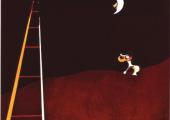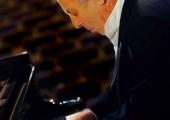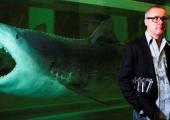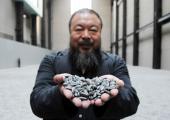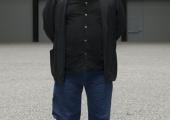Burke + Norfolk: Photographs From the War in Afghanistan, Tate Modern

Photographs taken 120 years apart ask age-old questions
How easy is it to stage a dialogue between two artists when they are, in fact, separated by over a century? And is it really an artistic conversation that takes place or merely an imposition of values by the living over the dead? This pertinent question confronts the viewer in an exhibition of two photographers of war-torn Afghanistan. The first, John Burke, took sepia-toned documentary photographs of the second Anglo-Afghan war, from 1878 to 1880 (the first having taken place in 1839-1842), while the second, Simon Norfolk, takes artfully constructed contemporary photographs that blur the boundaries between art photography and documentary.

